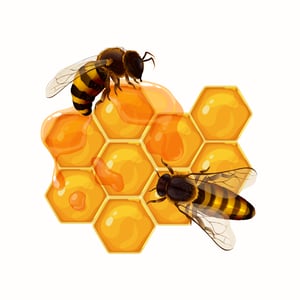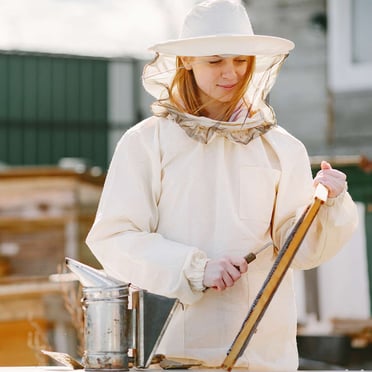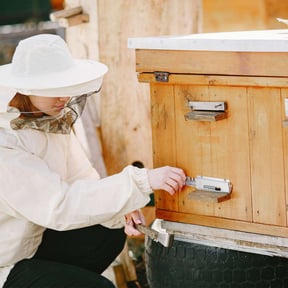Driven by a lifelong fascination with bees and a love for all things natural, Gretchen, a resolute entrepreneur with a passion for wholesome foods, took the plunge into the honey business. Fueled by her admiration for nature's golden treasure and a commitment to providing top-notch honey to those who appreciate quality, Gretchen set out on her venture with boundless optimism and infectious enthusiasm.

What is an SQF Gap Analysis?
However, as she delved deeper into the intricacies of the honey business, Gretchen soon encountered a series of challenges that tested her resolve and ingenuity. One of the primary pain points she faced was the complexity of honey sourcing. With honey originating from various regions and suppliers, ensuring consistency in quality and authenticity posed a significant challenge. Gretchen worried about the risk of sourcing subpar or adulterated honey, which could compromise the reputation of her fledgling business.
In 2022, the FDA tested 144 samples of imported honey from 32 countries, and found that 10% of those samples were violative, meaning they contained undeclared added sweeteners, such as syrups from cane and corn.

Another challenge that weighed heavily on Gretchen's mind was the lack of clear regulations and standards governing the honey industry. Without established guidelines for quality assurance and food safety, Gretchen found herself navigating uncharted waters, unsure of the best practices to ensure the purity and safety of her honey products.
Determined to overcome these challenges and establish her business as a trusted purveyor of high-quality honey, Gretchen turned to the Safe Quality Food (SQF) Gap Analysis for guidance. Recognizing the importance of implementing food safety and quality management systems from the outset, Gretchen saw the gap analysis as a valuable tool to identify areas for improvement and ensure compliance with industry best practices.
During the SQF gap analysis process, Gretchen worked closely with a team of experienced auditors who conducted a comprehensive assessment of her honey production facilities and practices. Together, they reviewed every aspect of her operations, from honey sourcing and extraction to processing and packaging, identifying gaps and deficiencies in her existing systems.
 One of the key benefits of the SQF gap analysis was its focus on proactive risk management. By conducting a thorough review of her operations, Gretchen was able to identify potential vulnerabilities and risks that could compromise the safety and quality of her honey products. With the guidance of the auditors, Gretchen developed and implemented robust corrective action plans to address these gaps and strengthen her food safety and quality management systems.
One of the key benefits of the SQF gap analysis was its focus on proactive risk management. By conducting a thorough review of her operations, Gretchen was able to identify potential vulnerabilities and risks that could compromise the safety and quality of her honey products. With the guidance of the auditors, Gretchen developed and implemented robust corrective action plans to address these gaps and strengthen her food safety and quality management systems.
As Gretchen implemented the recommendations from the SQF gap analysis, she witnessed a transformation within her honey business. With enhanced processes and procedures in place, Gretchen was able to mitigate risks, ensure the purity and safety of her honey products, and build trust and confidence among her customers.
 Today, as Gretchen reflects on her journey, she is grateful for the guidance and support provided by the SQF gap analysis. With a solid foundation in place, Gretchen's honey business continues to thrive and grow, delivering pure, delicious honey to consumers who appreciate the care and dedication that goes into every jar.
Today, as Gretchen reflects on her journey, she is grateful for the guidance and support provided by the SQF gap analysis. With a solid foundation in place, Gretchen's honey business continues to thrive and grow, delivering pure, delicious honey to consumers who appreciate the care and dedication that goes into every jar.
